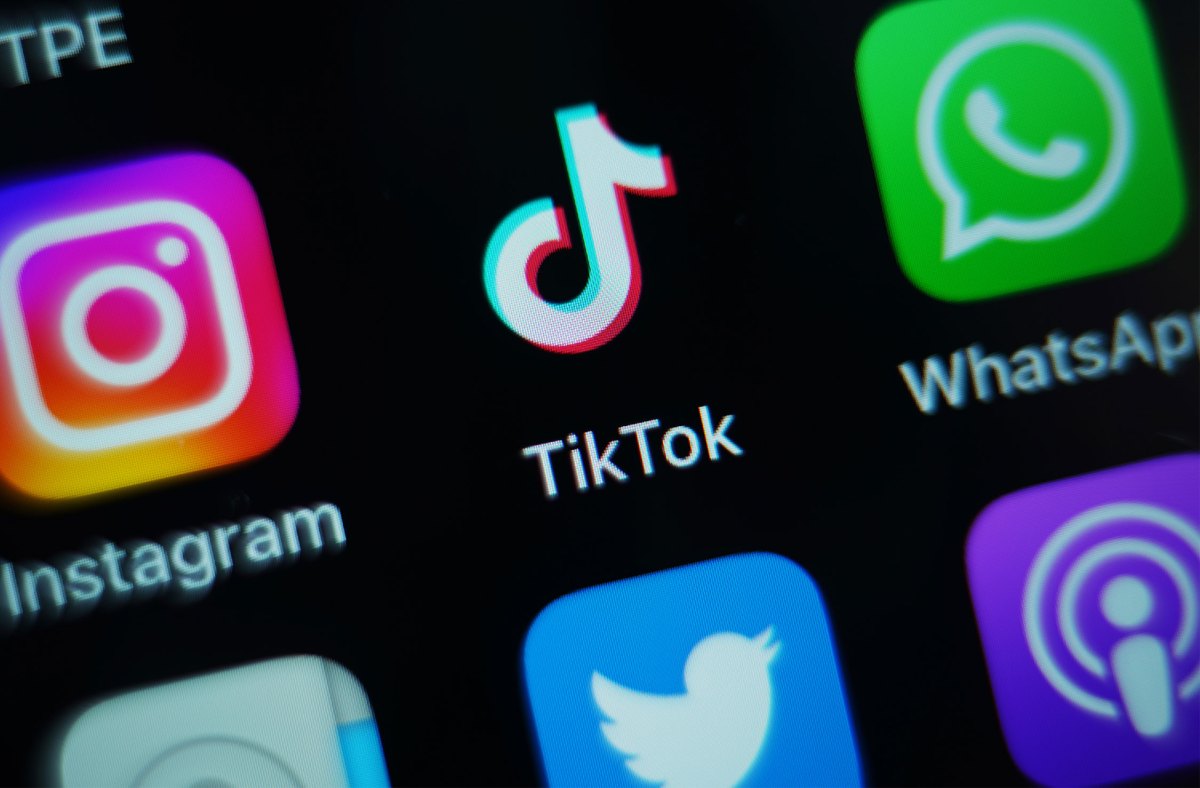
TikTok has announced the launch of ‘AI Alive’, its first generative AI feature that converts still images into video content. This new capability represents a strategic move into the realm of image-to-video AI technology, an area gaining traction amid wider advancements in generative artificial intelligence tools.
According to the company, ‘AI Alive’ enables users to animate static photographs by leveraging sophisticated AI algorithms to generate motion and transitions. Although TikTok has not disclosed the exact technical underpinnings of the feature, it is likely based on developments in deep learning models trained to recognize and simulate movement, facial expressions, or even character animation based on input images.
This feature could have numerous applications, from enhancing personal video posts to facilitating creative content for influencers and marketers on the platform. Notably, it continues an industry trend of integrating generative AI to lower the barrier of creativity—allowing users with no professional media experience to produce engaging and visually rich content.
The introduction of AI Alive aligns with similar features offered by other platforms venturing into creative AI tools, such as Meta’s AI-driven filters and OpenAI’s Sora text-to-video technology. However, TikTok’s emphasis on blending AI seamlessly into its social media ecosystem may give it an edge in creating viral, user-generated content.
As with other generative AI products, TikTok may face heightened scrutiny around potential misuse, including deepfake concerns, authenticity of content, and digital ethics. It is unclear whether the AI Alive feature includes safeguards, such as digital watermarks or limitations on certain content types. Industry experts and regulators are increasingly calling for transparency and safety measures in AI-generated media.
The rollout of TikTok AI Alive marks a significant milestone in the convergence of artificial intelligence and social media content creation, offering a glimpse into how future platforms may blend user expression, creativity, and cutting-edge technology.
Source: https:// – Courtesy of the original publisher.








